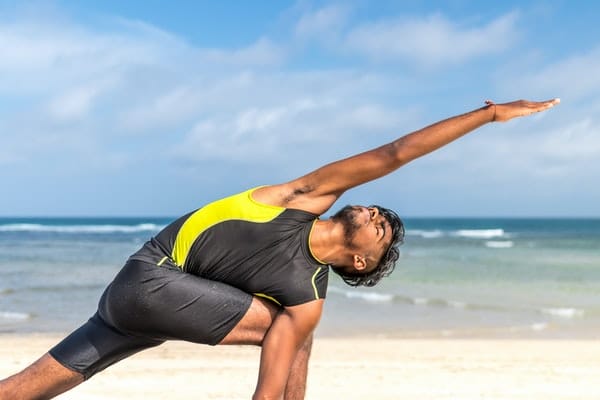Practicing yoga has helped millions of people worldwide to improve their quality of life through maintaining physical and mental health. The core of every yoga exercise is the physical and mental benefits of various yoga postures (called asanas).
Each type of yoga position focuses on a particular body part or muscle group. The following is a list of some types of yoga poses and their health benefits.
Benefits of Standing, Seated, and Balance Poses
Standing poses help align the feet and the body while increasing flexibility in the legs and hips. They also add to the mobility of the neck and the shoulders while increasing the flexibility of the pelvis and lower back. Standing poses are beneficial for strengthening the legs, opening the hips, and improving the sense of balance.
On the other hand, seated poses increase flexibility and strength in the hips, lower back, knees, and groin. They open the hips and chest, lengthen the spine, and stimulate the reproductive, nervous, and respiratory systems. Seated poses help practice breathing exercises and relaxation or meditation techniques. They are also regularly used as a warm-up or as a starting point for other poses.
Balance poses help develop muscle tone, coordination, strength and agility. They are also excellent for elongating the spine. Balance positions open up the chest, the rib cage and the hips and improve memory and concentration power.
Yoga Poses to Release Tension and Increase Flexibility
Forward and twisting positions help stretch the lower back and hamstrings while releasing tension in the back, neck, and shoulders. Forward poses also increase the flexibility in the spine, bringing about a sense of relaxation and balance. The primary purpose of a twisting pose is to give a deep massage to the body’s internal organs, thereby squeezing out toxins and stimulating digestion.
Moreover, the relaxation techniques, which are usually performed at the end of a yoga session, such as deep breathing, visualization, progressive muscle relaxation and meditation, help reduce everyday stress levels and foster a feeling of calm, joy and serenity.
Studies have shown that yoga positions are one of the best practices for toning up muscles, lubricating the joints, and massaging the body. By going through various yoga positions, individuals can easily keep themselves physically, mentally, and spiritually fit. But it is always recommended to avoid performing all the yoga poses at one go, as this may lead to adverse outcomes instead of benefits.

